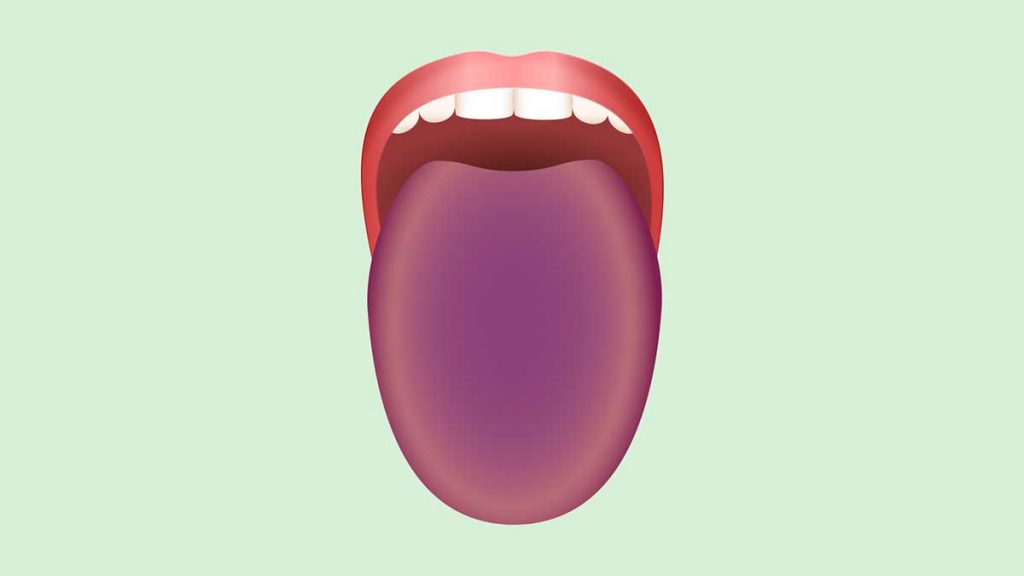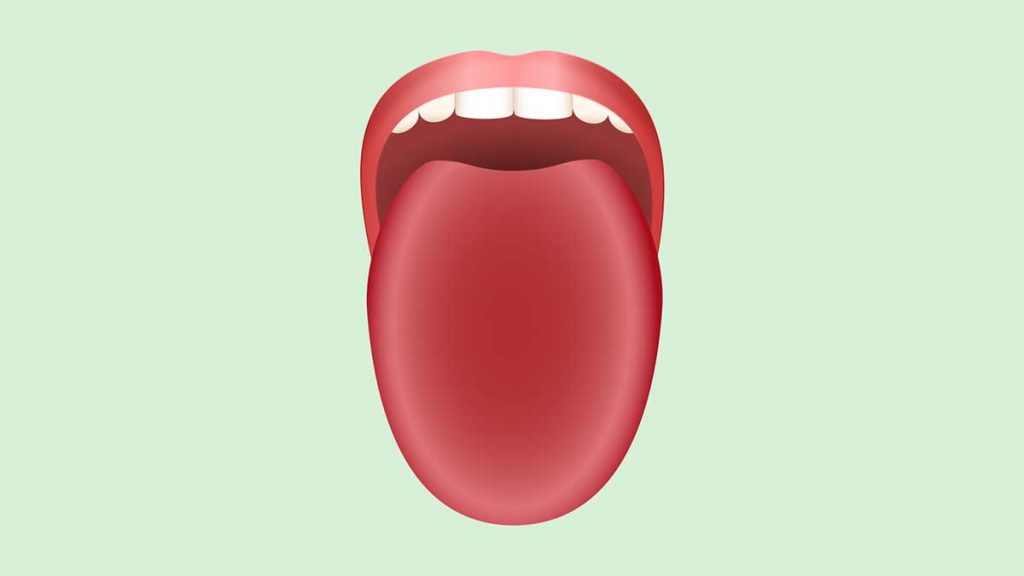What Does a Healthy Tongue Look Like?
Published | 6 min read
Oftentimes tongue health are overlooked when it comes to dental hygiene. In TCM, the tongue is used as a insight to your body health. Continue reading to know more about it.

A healthy tongue is probably not something you’ve given a lot of thought to unless something is noticeably wrong. However, your tongue provides many clues about your internal health. Therefore, it’s important to learn what the various colors and textures mean.
In Traditional Chinese Medicine (TCM), observing the tongue is based on the notion that it is connected to the organs in the body through energy pathways called meridians. A tongue reading given by a TCM practitioner assesses its shape, color, size, and coating. A diagnosis can then be made for your specific case.
Below, we are sharing a guide on what a healthy tongue looks like.
Understanding Your Tongue’s Anatomy
First, let’s understand the tongue and its makeup. Its primary function is for speech, taste, and the swallowing of food and drinks. Structurally, it is divided into individual regions that are linked to different internal organs. This includes small bumps on the top and bottom called papillae.
A healthy tongue is pink and has a whitish coating. A change in this color or texture can indicate an underlying health issue associated with a specific organ. The shape of your tongue is different for everyone. However, most tongues are round, pointed, or butt-shaped.
If your tongue is puffy and has teeth marks or scalloped edges, it could mean you are deficient in certain nutrients. A thin tongue could indicate dehydration. An unhealthy tongue is usually one that develops a different color than pink. It may also contain white, brown, or different colored spots. Swelling is also a sign of an unhealthy tongue.
What the Color of Your Tongue Tells You About Your Health
Here is what the color of your tongue indicates about your health:
- Pink Tongue: Indicates overall good health.
- White Tongue: Could be a sign of dehydration or a fungal infection.
- Red Tongue: May indicate a deficiency in certain vitamins or an infection.
- Purple Tongue: Could suggest poor blood circulation or a heart condition.
- Yellow Tongue: Often a sign of a liver or gallbladder issue.
Understanding these signs can help you identify potential health issues early. If you notice persistent changes in your tongue’s appearance or experience soreness, it’s important to consult with a healthcare professional. Your tongue can tell you a lot about your overall health, so keep an eye on it and take action when necessary.
A pink-colored tongue

A pink tongue represents good health.
The normal tongue color is pink. This is a characteristic of good health.
A white/pale tongue

A white tongue could indicate a fungal or yeast infection, commonly known as thrush. This occurs when there is candida, a fungal infection, in the body. White patches might also indicate leukoplakia, a condition often caused by smoking. In Traditional Chinese Medicine (TCM), a pale tongue indicates blood, qi, or yang energy deficiency, with symptoms like breathlessness, fatigue, low libido, and frequent coldness in the limbs. For relief, consume a traditional Chinese remedy with ‘cracked’ Lingzhi spores to replenish qi and blood in the body. This can regulate the immune system and improve a cough.
A yellow tongue

A yellow tongue can indicate bacterial overgrowth or a buildup of skin cells due to poor dental hygiene, smoking, psoriasis, or, in rare cases, jaundice. In TCM, a yellow tongue suggests Damp Heat, often seen in chronic inflammatory conditions like IBD and skin eruptions such as acne, psoriasis, or eczema.
A purple or blue tongue

A purple or blue tongue could suggest that your blood is not delivering enough oxygen, indicating a condition like cyanosis, which results from poor circulation. In TCM, this suggests qi stagnation and blood stasis, where improper blood circulation causes symptoms like sharp pain or palpable masses in the abdominal region.
Drinking an herbal soup prepared with red dates, Chinese Angelica root, goji berries, and root of the Chinese fleece flower can promote healthy blood circulation and improve conditions like anemia or cold hands and feet.
A gray-colored tongue

A gray tongue could indicate geographic tongue (benign migratory glossitis), a rare disease with reddish patches surrounded by white borders. This condition can be triggered by spicy or acidic foods, smoking, and even mouthwash.
A red-colored tongue

A red tongue may indicate high body heat or vitamin B12, folic acid, or iron deficiency. In severe cases, it could relate to scarlet fever or Kawasaki disease. In TCM, a red tongue describes a yin deficiency or excess Heat in the body, causing symptoms like fever, restlessness, dry throat, or a rapid pulse. A health supplement formulated with sea salt, Strychnine tree, and wild yam extracts can help relieve symptoms like bloating, bowel disorders, and constipation.
A black/hairy tongue
A black or hairy tongue is usually due to bacterial overgrowth or a buildup of the protein keratin on the tongue’s surface, possibly from prolonged antibiotic use, poor oral hygiene, smoking, diabetes, yeast infection, or chemotherapy and radiation treatments.
Bumps or ridges on the tongue
Swollen, enlarged, or red bumps on the tongue can result from smoking, herpes, mouth ulcers, oral cancer, or trauma. Ridges on the tongue may be due to teeth pressing on it at night. A dentist can help alter this condition.
Tips For Taking Care of Your Tongue

Maintaining good oral health is important for both your teeth and tongue. Regularly see your dentist, floss every day, use mouthwash, and brush your teeth and tongue twice a day. Avoid sugar, limit dark-colored drinks like coffee or soda, and avoid smoking cigarettes. Should you notice a change in your tongue color or texture or feel any pain, see your doctor right away.
Observing your tongue is important as it can provide vital clues about your health. Ensuring your tongue remains pink is a sign of good health, and any changes should prompt a visit to your doctor. Additionally, TCM practices can help regulate your qi levels and balance your yin and yang, preventing health disorders related to excessive Heat or Cold in the body. However, before visiting your TCM physician, remember not to brush your tongue or consume any food and drinks that may change its color.
References
- Cleveland Clinic. 2019. What Your Tongue Can Tell You About Your Health. [Accessed on December 16, 2021]
- UPMC HealthBeat. 2015. Infographic: What Does Your Tongue Say About Your Health?. [Accessed on December 16, 2021]
- Medical News Today. 2020. What do different tongue colors mean?. [Accessed on December 16, 2021]
- Mayo Clinic. 2020. Geographic tongue. [Accessed on December 16, 2021]
- National Library of Medicine. 2003. The tongue: structure and function relevant to disease and oral health. [Accessed on December 16, 2021]
Share this article on






